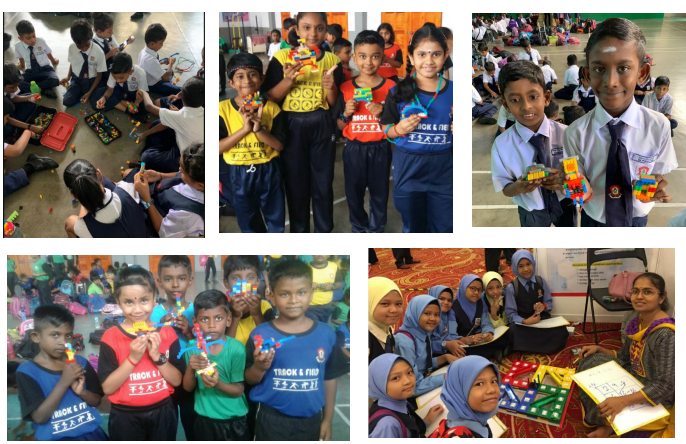In an era dominated by information overload and rapid technological advancements, the ability to think critically is more important than ever. Critical thinking skills enable individuals to analyze information, make informed decisions, and solve complex problems. This discussion aims to explore the importance of critical thinking in the digital age, effective strategies to foster these skills, and the challenges educators and learners face.
The Importance of Critical Thinking:
Critical thinking involves the ability to question assumptions, evaluate evidence, and draw reasoned conclusions. In the digital age, where misinformation and biased content are prevalent, critical thinking is essential for navigating and discerning the vast amount of information available online. Discuss why critical thinking is crucial in today’s world and its role in education and daily life.
Integrating Critical Thinking into Curriculum:
To foster critical thinking skills, it is essential to integrate them into the curriculum across all subjects. Problem-based learning, Socratic questioning, and case studies are effective methods to encourage students to think critically. Explore how these methods can be implemented in the classroom and share examples of successful integration.
Utilizing Digital Tools
Digital tools and resources can enhance the development of critical thinking skills. Online platforms, educational software, and apps that promote analytical thinking, problem-solving, and creativity can be valuable assets. Discuss how tools like debate platforms, simulation games, and coding exercises can be used to foster critical thinking.
Encouraging Inquiry and Curiosity:
Promoting a culture of inquiry and curiosity is fundamental to developing critical thinking. Encourage students to ask questions, seek out multiple perspectives, and engage in independent research. Discuss strategies to create an environment where curiosity is nurtured and valued.
Media Literacy and Information Evaluation:
In the digital age, media literacy is a key component of critical thinking. Teaching students how to evaluate the credibility of sources, identify biases, and discern between fact and opinion is essential. Explore methods for teaching media literacy and the skills needed to critically assess digital content.
Collaborative Learning and Peer Review:
Collaborative learning and peer review processes can enhance critical thinking by exposing students to diverse viewpoints and encouraging constructive feedback. Discuss the benefits of group projects, peer assessments, and collaborative problem-solving activities in fostering critical thinking.
Challenges and Solutions:
Fostering critical thinking skills comes with challenges, including resistance to change, the prevalence of rote learning, and the need for teacher training. Address these challenges and propose solutions to overcome them, ensuring that critical thinking is effectively integrated into the educational process.
Conclusion:
Fostering critical thinking skills in the digital age is essential for preparing students to navigate the complexities of the modern world. By integrating critical thinking into the curriculum, utilizing digital tools, promoting inquiry, and teaching media literacy, we can equip learners with the skills they need to think independently and make informed decisions. Overcoming challenges and embracing these strategies will create a more thoughtful, informed, and capable society.
Discussion Questions:
- How do you currently incorporate critical thinking into your teaching or learning practices?
- What digital tools have you found effective in promoting critical thinking skills?
- How can we better teach media literacy to help students evaluate digital information critically?
- What are the biggest challenges you face in fostering critical thinking, and how have you addressed them?
